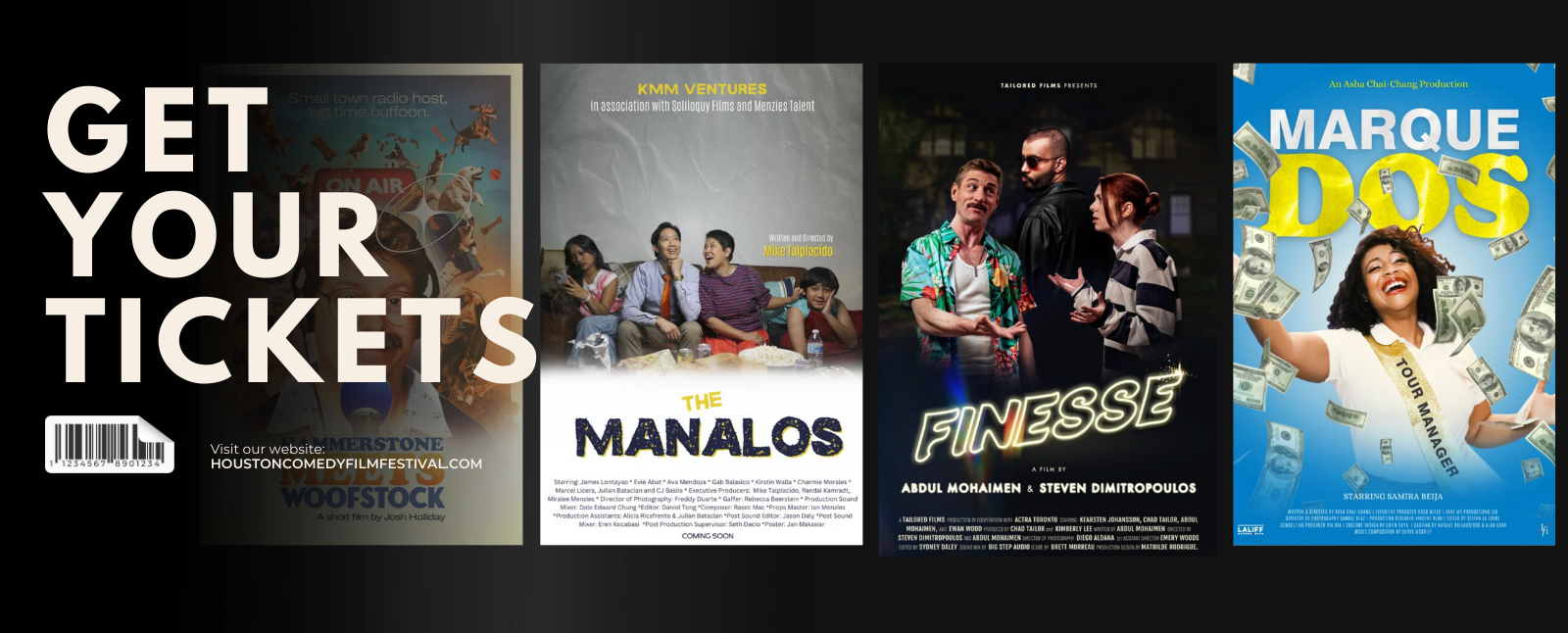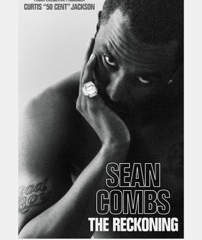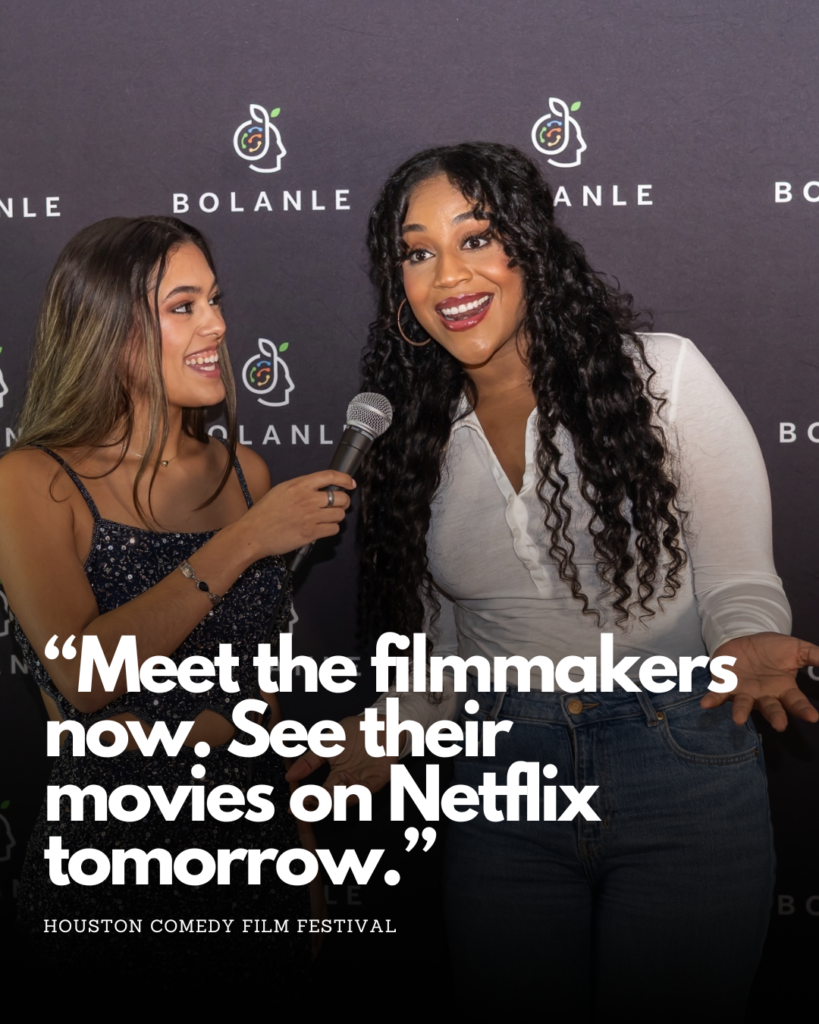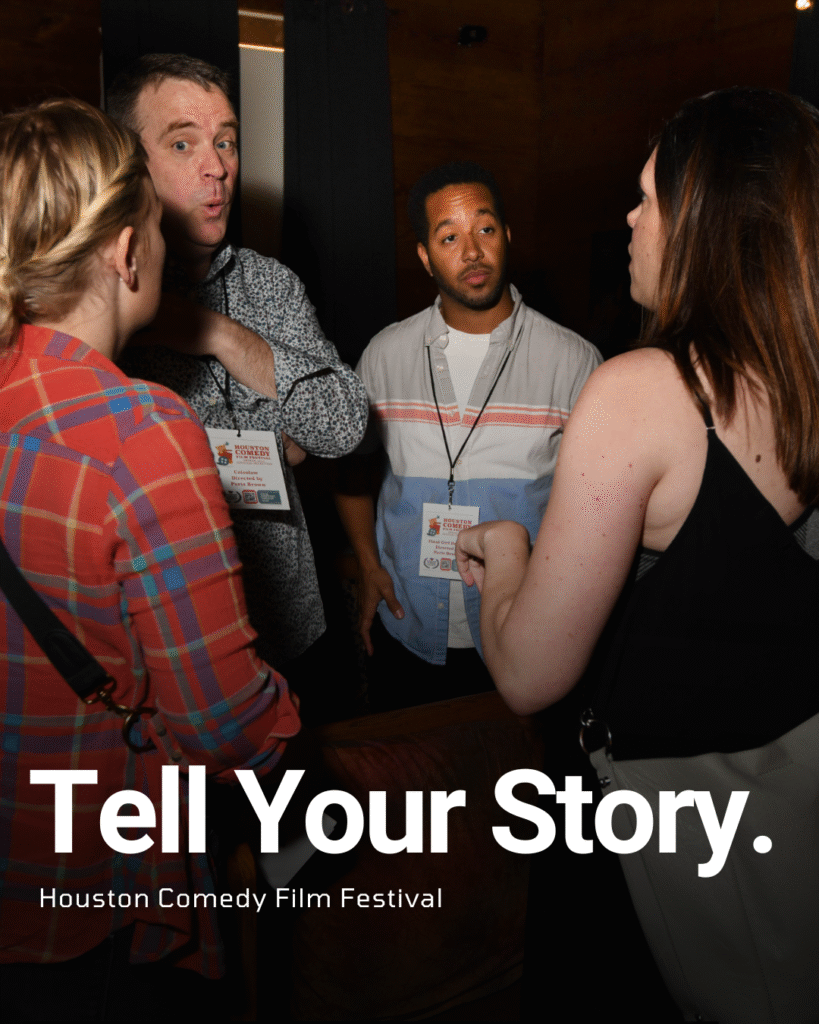Film Industry
How to Sell Indie Movies and Get Minimum Guarantees

For independent filmmakers, few experiences are more discouraging than spending two years creating a film — investing significant time, energy, and money — only to see it make little or no revenue and receive minimal viewership.
This not only impacts morale but also makes it difficult to reinvest profits into the next project. Without revenue from a previous film, filmmakers often need to return to unrelated jobs or go through lengthy funding processes before they can start production again.
However, securing minimum guarantees (MGs) from distributors is still possible today — despite the widespread belief that it’s no longer achievable. Here’s how filmmakers can make it happen.
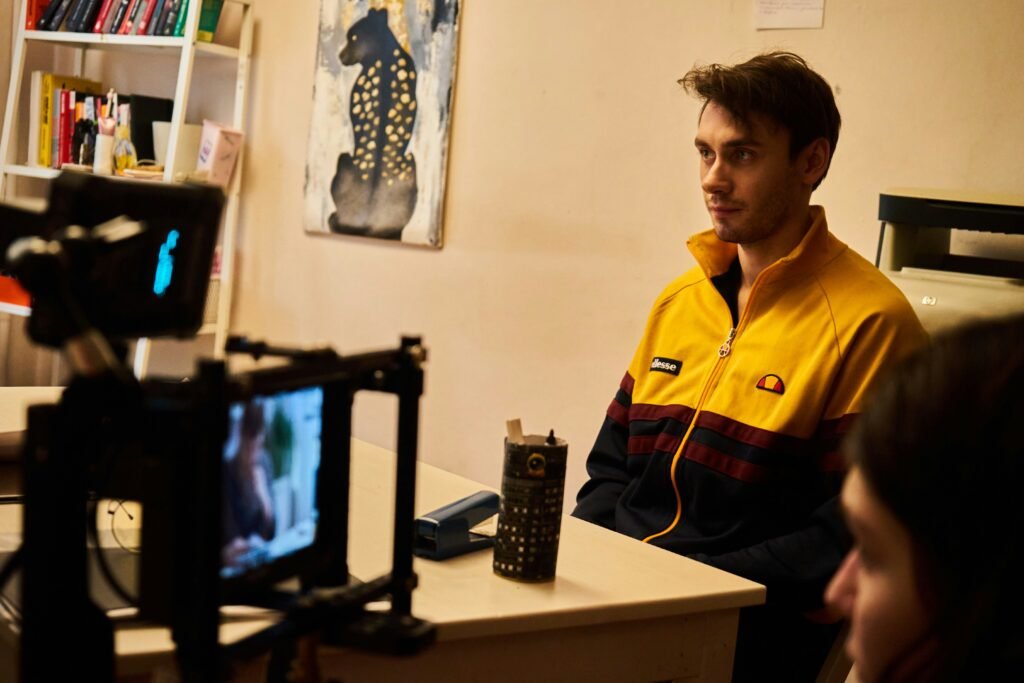
The Harsh Reality of Indie Film Distribution
Why Many Filmmakers Never See a Profit
Working with a sales agent (who typically takes 15–20%) and a distributor (another 20–35%) often means giving away roughly half of a film’s revenue before any profit is seen.
Additionally, marketing caps — ranging from $3,000 to $15,000 — are deducted from sales before any payouts. Coupled with non-transparent accounting and questionable business practices from some companies, many independent filmmakers end up with nothing.

The Limited Reach of Sales Agents
Even reputable sales agents sometimes submit a film to as few as 25 distributors worldwide. This drastically limits opportunities. Furthermore, agents often push for worldwide rights deals, which can be less profitable than selling rights territory-by-territory.
Why Filmmakers Should Consider Acting as Their Own Sales Agent
By managing sales themselves, filmmakers can:
- Directly contact hundreds of distributors
- Negotiate deals without middlemen
- Pursue territory-specific rights sales for stronger returns
Some filmmakers who’ve adopted this approach built contact lists of hundreds of distributors — reaching out to over 200 companies per film — and achieved 15 to 20 offers, including multiple MGs, even without A-list talent.
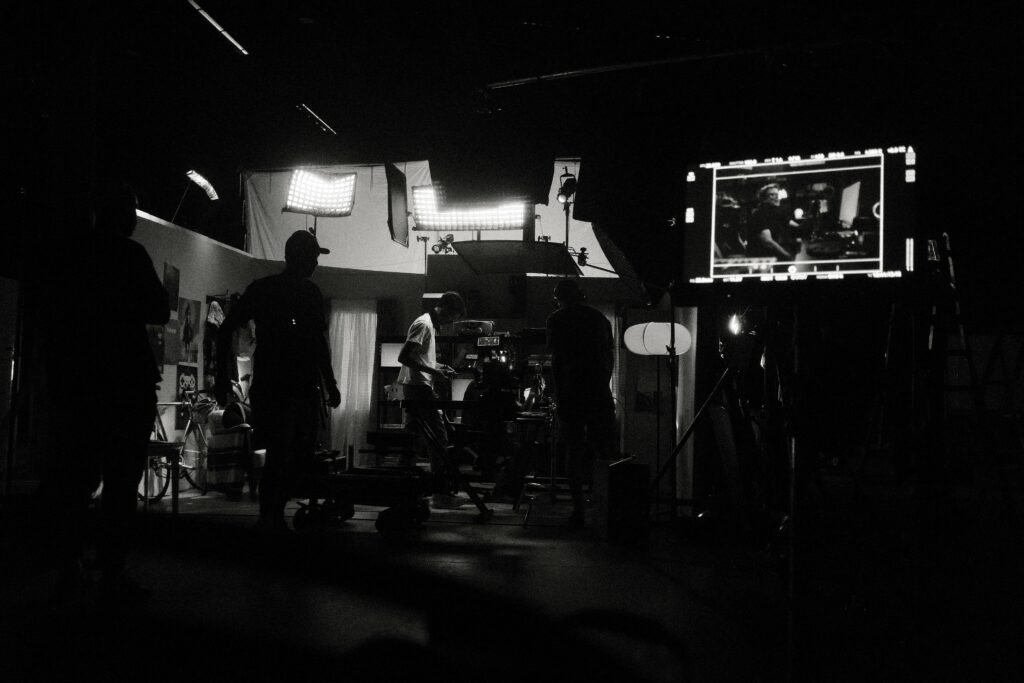
The Power of Outreach Volume
Why Numbers Matter
- Typical sales agent approach: 25 contacts → maybe 1 deal.
- Direct outreach approach: 225+ contacts → 15–20 offers.
A larger pool of potential buyers increases the likelihood of attracting the right match. Importantly, a film doesn’t have to appeal to every distributor — just a select few who are willing to commit.
Steps to Selling a Film Independently
Step 1 – Build a Distributor Contact List
Research every possible legitimate company in every market. A comprehensive list may take hundreds of hours to build.
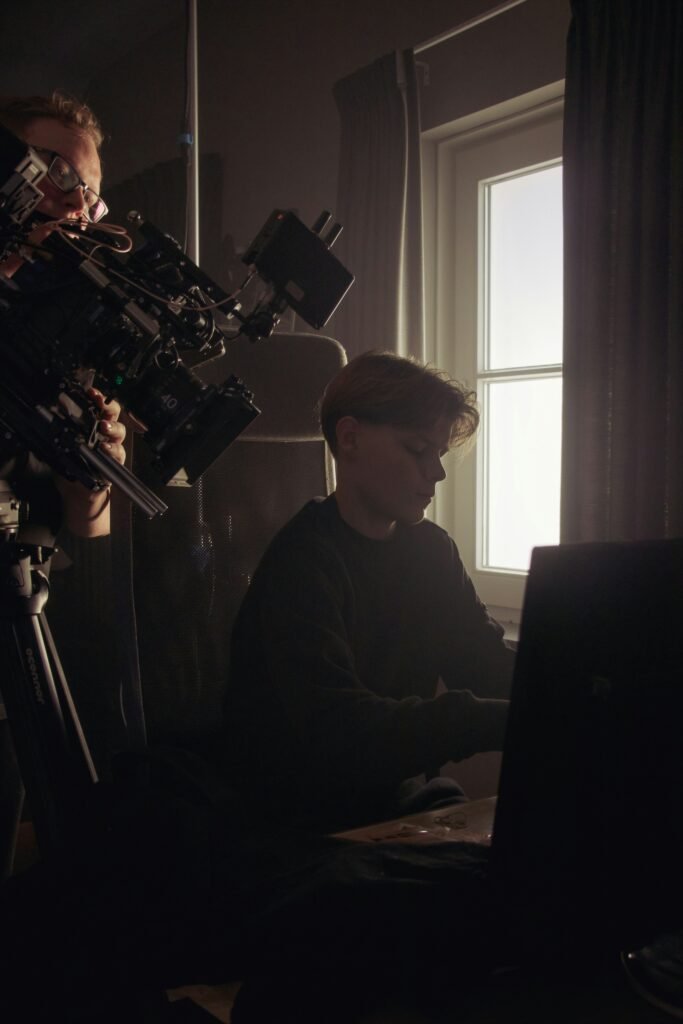
Step 2 – Craft a Clear & Concise Pitch
Include in the email:
- Confirmation that the film is complete
- Cast list (plus notable social media followings if applicable)
- Genre (critical for most buyers)
- A logline (one-sentence synopsis)
- Trailer link (~90 seconds)
- A line offering to share the full feature upon request
Step 3 – Sell by Territory, Not Worldwide
Selling rights territory-by-territory can yield more MGs, more diverse revenue streams, and reduce reliance on a single distributor.

Common Mistakes to Avoid
- Choosing a “name” distributor purely for prestige — Unless it’s a major platform like Netflix, the name alone rarely impacts career growth or revenue.
- Relying on one distributor — Spreading sales across 10–15 distributors reduces risk and increases reach.
- Ignoring foreign markets — Countries like Germany, Italy, Japan, and the UK can offer excellent returns for specific films.
Alternatives if Strong Offers Don’t Arrive
If no attractive MGs are secured, self-distribution becomes a viable backup. Aggregators enable filmmakers to release on platforms like Amazon and Apple TV/iTunes without a traditional distributor. Although some premium services like Hulu may still require partnerships, independent release keeps profits and control in the filmmaker’s hands.
The Bottom Line
To succeed in today’s market, filmmakers must think like entrepreneurs. Rather than depending entirely on traditional sales agents and distributors, controlling the sales process can open more opportunities, secure more MGs, and ensure films are seen in multiple regions with multiple partners promoting them.
Film Industry
Disney Brings Beloved Characters to ChatGPT After $1 Billion OpenAI Deal

Disney is deepening its push into artificial intelligence with a $1 billion investment in OpenAI, the company behind ChatGPT, in a far-reaching deal that will also license Disney’s iconic characters for use within OpenAI’s new conversational AI platform, Sora.

The agreement positions Disney at the forefront of the entertainment industry’s growing intersection with generative AI, blending the company’s extensive character library with OpenAI’s advanced technology. Under the terms of the partnership, OpenAI will deploy select Disney intellectual property — spanning its animation classics, Pixar, Marvel, and Lucasfilm — across AI-driven storytelling and interactive experiences within ChatGPT Sora.
Sources familiar with the rollout say users will be able to engage directly with Disney characters through immersive dialogues powered by Sora, with potential extensions into digital parks, virtual assistants, and cross-platform storytelling initiatives.
A limited launch is expected to debut in 2026 as Disney explores new ways to integrate AI into consumer experiences.
“This collaboration continues Disney’s legacy of innovation, combining our storytelling heritage with cutting-edge technology to reach audiences in remarkable new ways,” said Disney CEO Bob Iger in a statement.
For OpenAI, Disney’s backing represents both a financial boost and a creative endorsement from one of the world’s most influential content companies. The partnership could accelerate mainstream adoption of AI entertainment tools while positioning ChatGPT Sora as a leader in branded and interactive media spaces.

The investment also signals an industry-wide shift as studios seek to capture value in AI-driven content creation, distribution, and personalization. With Disney’s move, legacy media joins a growing list of entertainment heavyweights aligning with AI firms to future-proof storytelling — marking what could be a pivotal step in Hollywood’s technological reinvention.
Film Industry
Netflix Got Outbid: Paramount Drops a $108 Billion Cash Bomb on Warner Bros.

Paramount has stunned Hollywood with a hostile, all‑cash offer to buy Warner Bros. Discovery outright for about 108.4 billion dollars, topping Netflix’s already splashy takeover agreement. The proposal, disclosed in SEC filings and a tender‑offer announcement, would pay 30 dollars per share in cash, roughly a 139% premium to where Warner Bros. Discovery traded before sale talks heated up and several dollars per share higher than Netflix’s mixed cash‑and‑stock offer.
How Paramount’s Bid Beats Netflix’s
Netflix’s deal focuses on acquiring the core Warner assets—Warner Bros. studio, HBO and the Max streaming service—for a valuation in the low‑80‑billion‑dollar range, compensated partly in Netflix stock. Paramount Skydance, by contrast, is offering all cash for the entire company, valuing Warner Bros. Discovery—including its cable brands like CNN and Discovery—at about 108–109 billion dollars. CEO David Ellison is pitching the bid as “superior” because it gives shareholders a higher headline price, avoids stock‑price risk and comes with committed financing lines from banks and investment partners.

The Regulatory Chess Match
Both deals would face intense antitrust scrutiny, but the risk profiles differ. A Netflix–Warner tie‑up would marry the world’s largest subscription streamer with one of its biggest rivals, a combination analysts say could draw especially tough questions from U.S. and EU regulators about market dominance in streaming. Paramount is arguing that merging two diversified legacy media groups—Paramount Global and Warner Bros. Discovery—creates a stronger competitor to Netflix, Disney and Amazon rather than a streaming near‑monopoly, and therefore should be easier to clear.
What a Paramount–Warner Giant Would Look Like
If Paramount wins, it would control a vast portfolio: Warner Bros. and Paramount Pictures, HBO and Max alongside Paramount+, DC and Harry Potter next to Mission: Impossible and Top Gun, plus global news and lifestyle networks from CNN to Discovery. In pitch materials, Paramount has pledged to keep a robust theatrical pipeline of 30+ films per year from the combined studios while using the enlarged library and sports rights to turbo‑charge streaming growth.
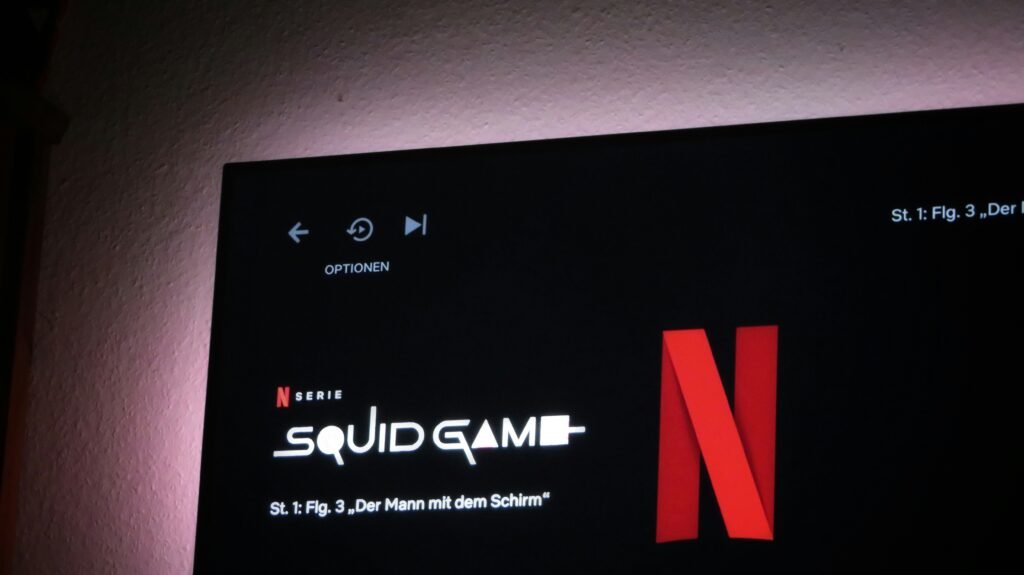
What Happens Next
Warner Bros. Discovery’s board, which has already endorsed Netflix’s agreement, must now evaluate whether Paramount’s richer all‑cash offer is worth triggering a sizeable breakup fee and resetting the regulatory process. Shareholders will ultimately decide between a higher but potentially more complex studio‑merger path and a slightly lower, tech‑powered streaming combo with Netflix. Whatever the outcome, Paramount’s 108‑billion‑dollar cash swing has turned an already historic sale into one of the most dramatic bidding wars Hollywood has ever seen.
Entertainment
This ‘Too Small’ Christmas Movie Turned an $18M Gamble Into a Half‑Billion Classic

Studios almost left this Christmas staple on the cutting‑room floor. Executives initially saw it as a “small” seasonal comedy with limited box‑office upside, and internal budget fights kept the project hovering in limbo around an $18 million price tag.
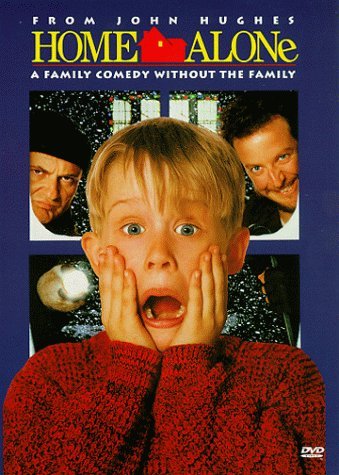
The fear was simple: why spend real money on a kid‑driven holiday film that would vanish from theaters by January?
That cautious logic aged terribly. Once released, the movie exploded past expectations, pulling in roughly $475–$500 million worldwide and camping at the top of the box office for weeks.
That’s a return of more than 25 times its production budget, putting it among the most profitable holiday releases in modern studio history.
What some decision‑makers viewed as disposable seasonal content quietly became a financial engine that still prints money through re‑runs, streaming, and merchandising every December.
The story behind the numbers is part of why fans feel so attached to it. This was not a four‑quadrant superhero bet with guaranteed franchise upside; it was a character‑driven family comedy built on specific jokes, one child star, and a very particular vision of Christmas chaos. The fact that it nearly got shelved—and then turned into a half‑billion global phenomenon—makes every rewatch feel like a win against studio risk‑aversion.
When you press play each year, you are not just revisiting nostalgia; you are revisiting the rare moment when a “small” movie out‑performed the system that almost killed it.

 Entertainment4 weeks ago
Entertainment4 weeks agoWicked Sequel Disappoints Fans: Audience Verdict on For Good

 Entertainment4 weeks ago
Entertainment4 weeks agoAriana & Cynthia Say They’re in a ‘Non‑Demi Curious, Semi‑Binary’ Relationship… WTF Does That Even Mean?

 News4 weeks ago
News4 weeks agoMexico Bans Dophin Shows Nationwide

 Entertainment3 weeks ago
Entertainment3 weeks agoColombia’s ‘Doll’ Arrest: Police Say a 23-Year-Old Orchestrated Hits, Including Her Ex’s Murder

 Entertainment4 weeks ago
Entertainment4 weeks agoHow The Grinch Became The Richest Christmas Movie Ever

 Entertainment4 weeks ago
Entertainment4 weeks agoMiley Cyrus Is Engaged to Maxx Morando

 News4 weeks ago
News4 weeks agoUS May Completely Cut Income Tax Due to Tariff Revenue

 Business3 weeks ago
Business3 weeks agoLuana Lopes Lara: How a 29‑Year‑Old Became the Youngest Self‑Made Woman Billionaire

